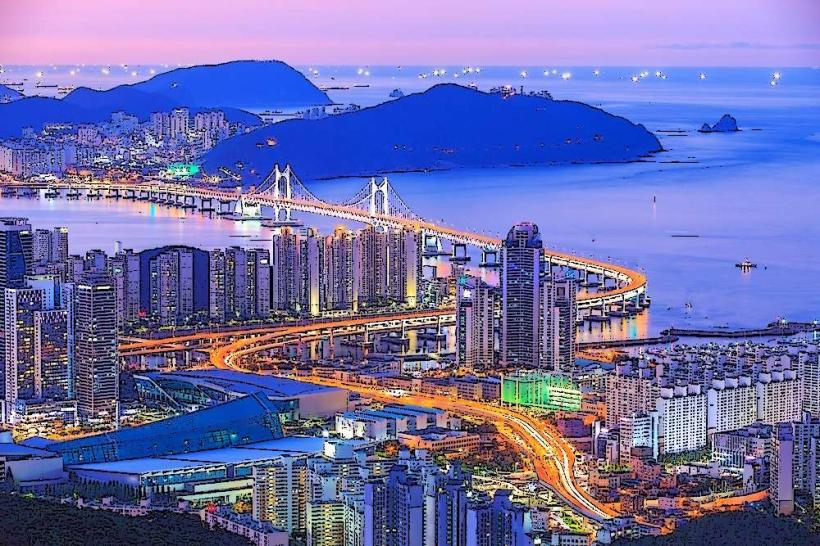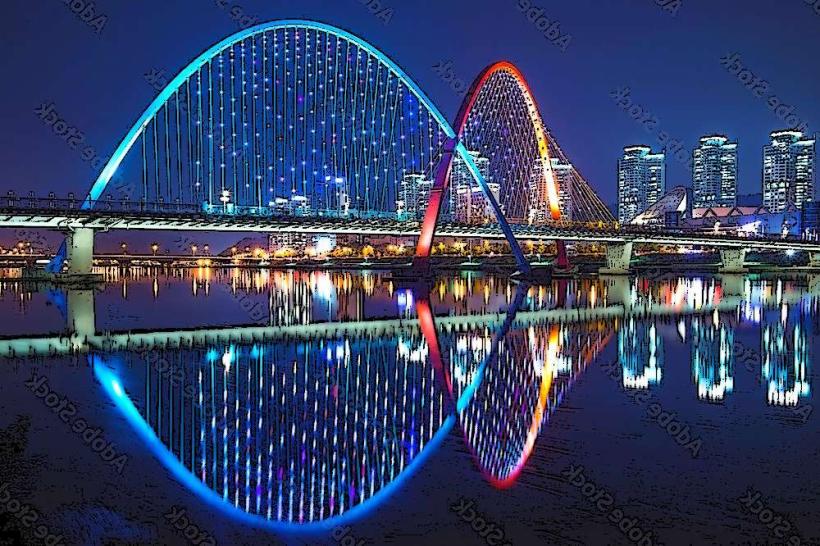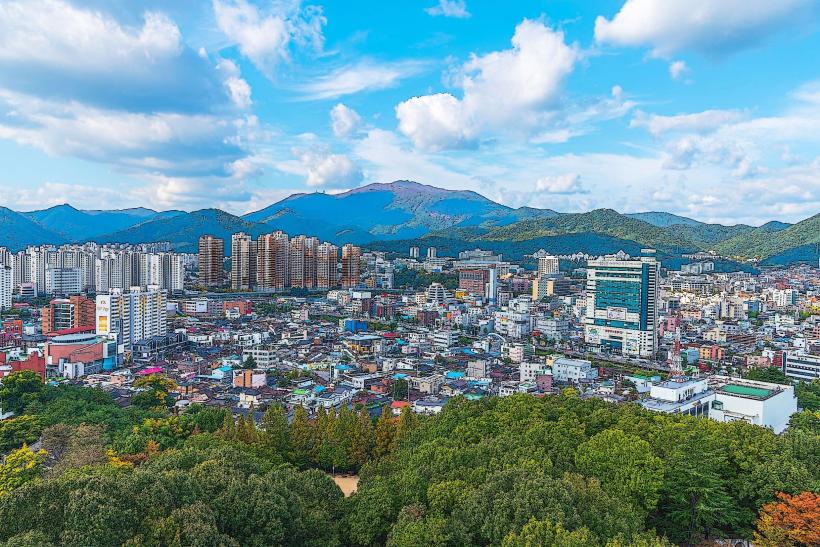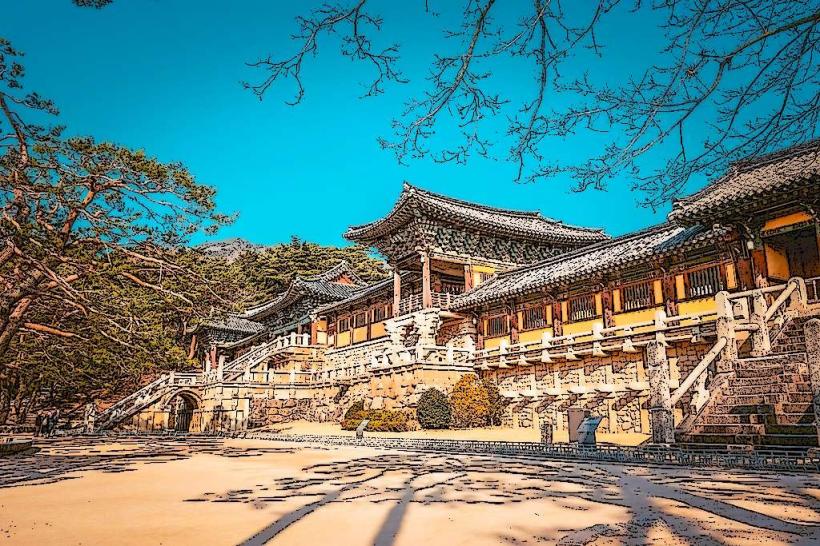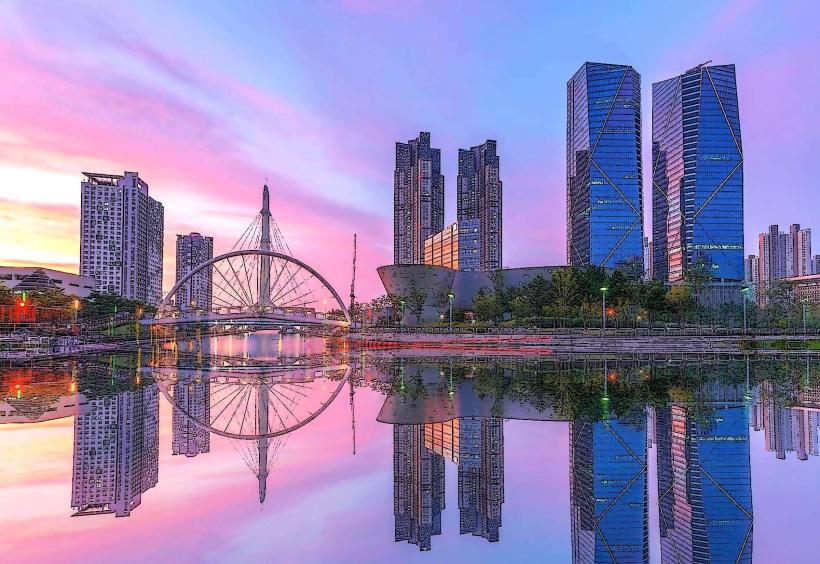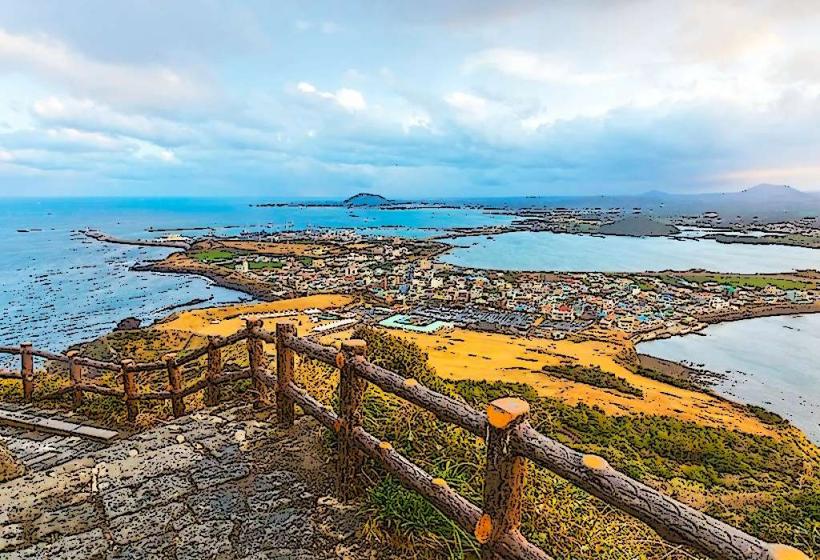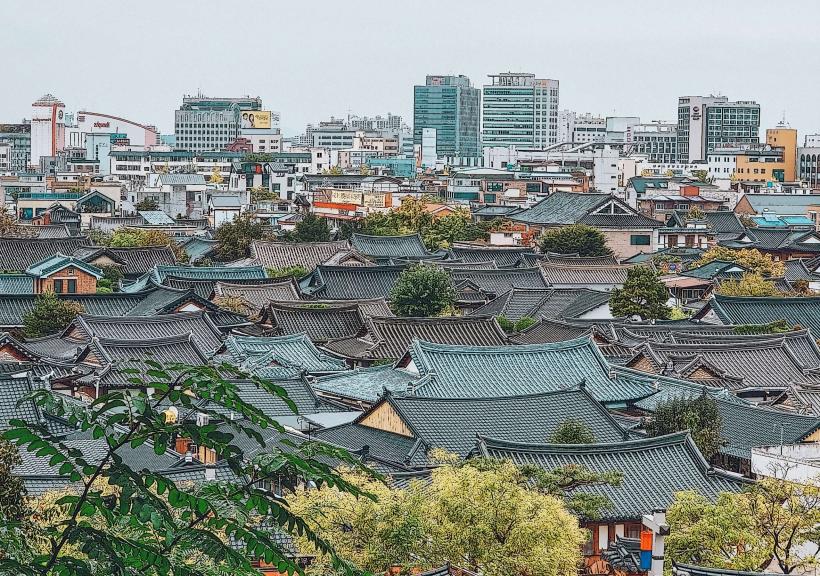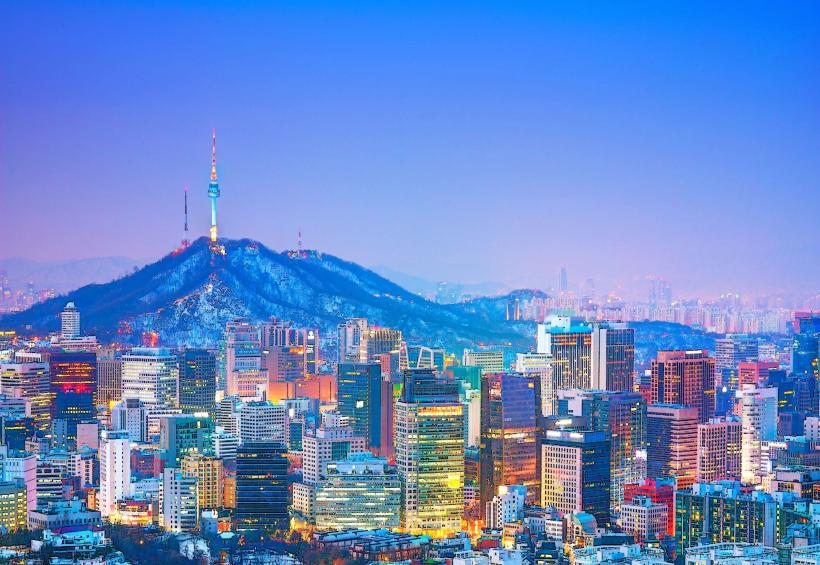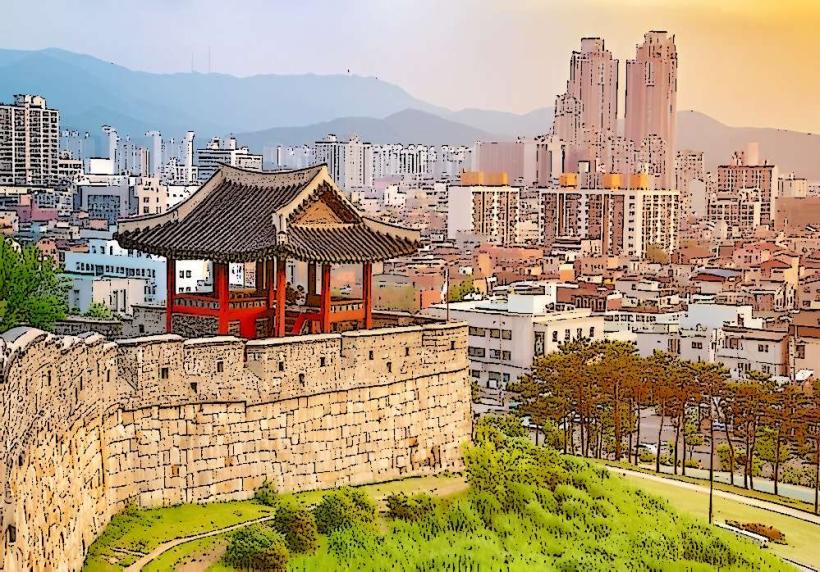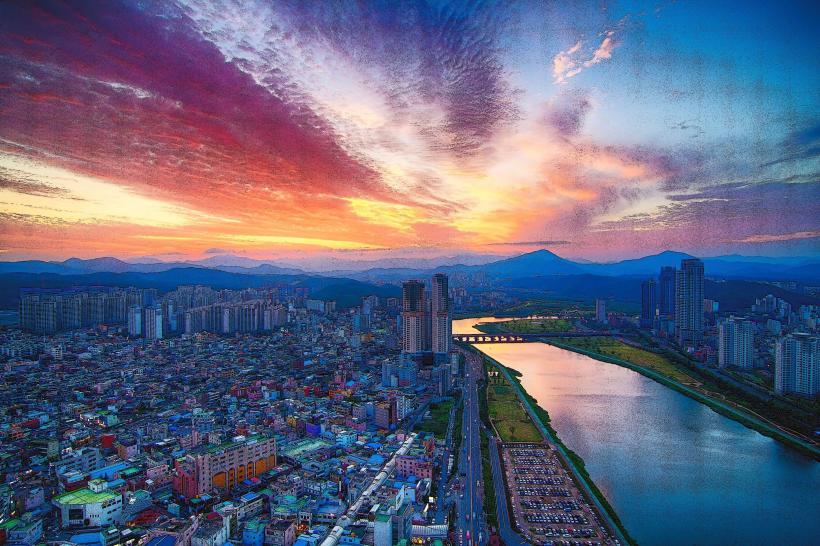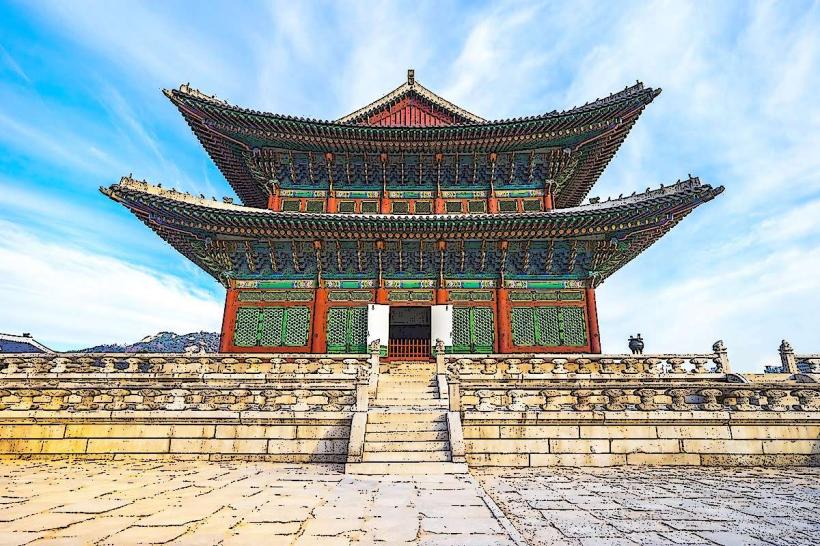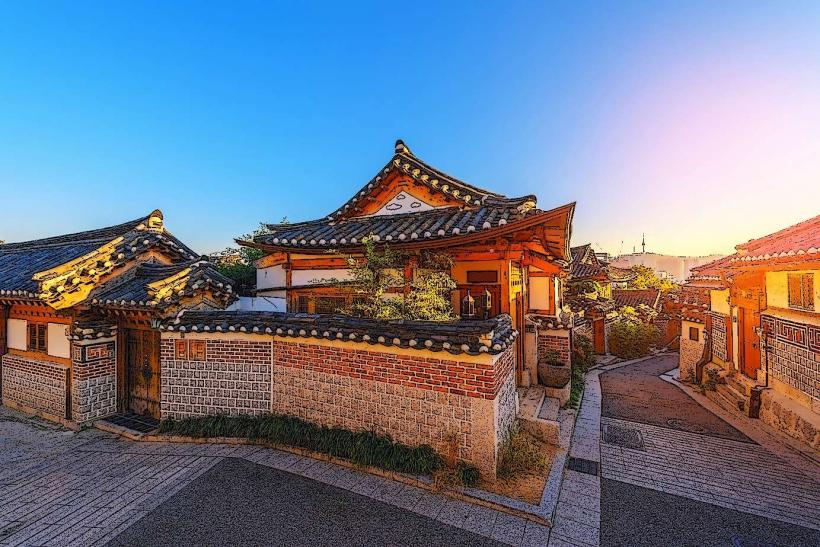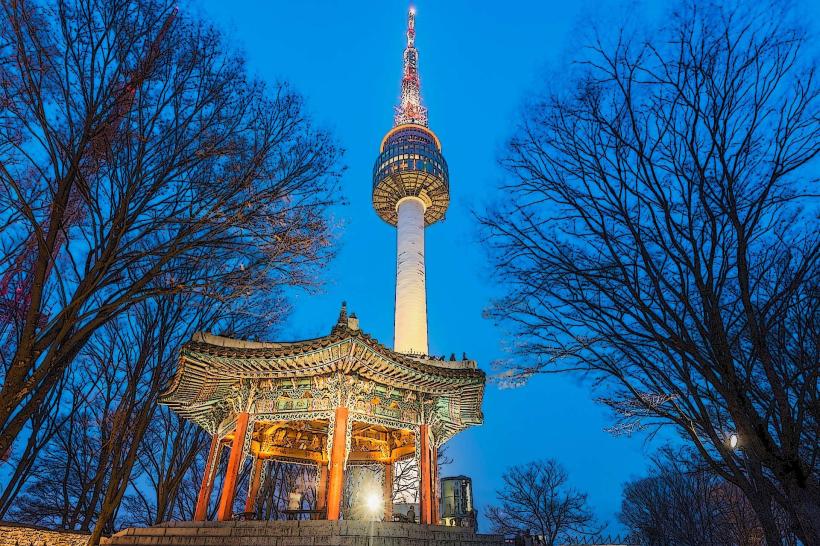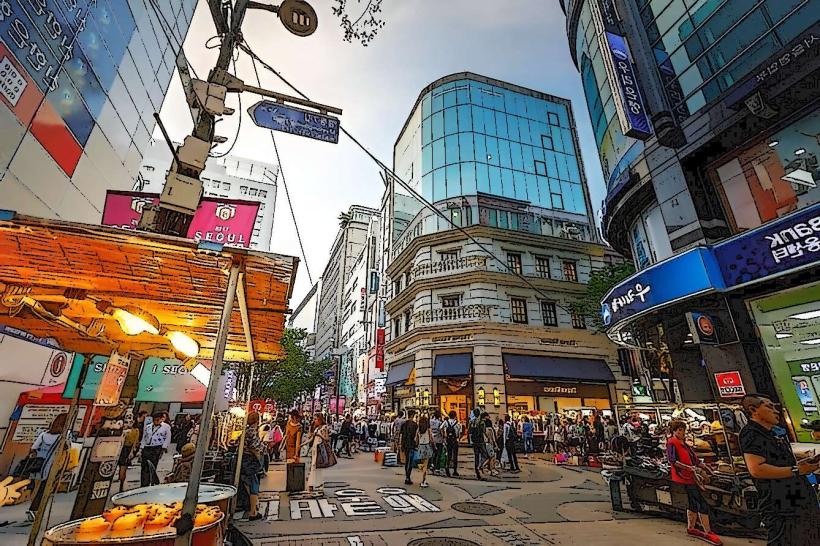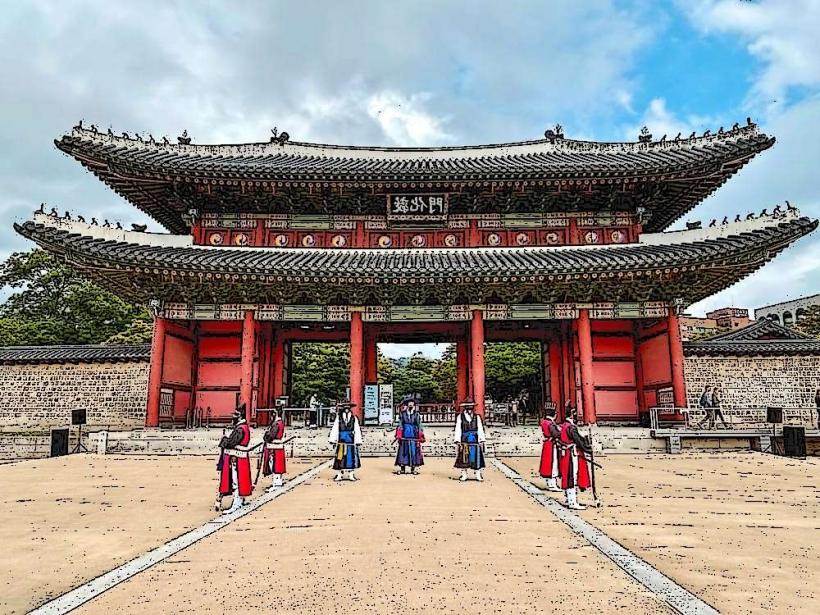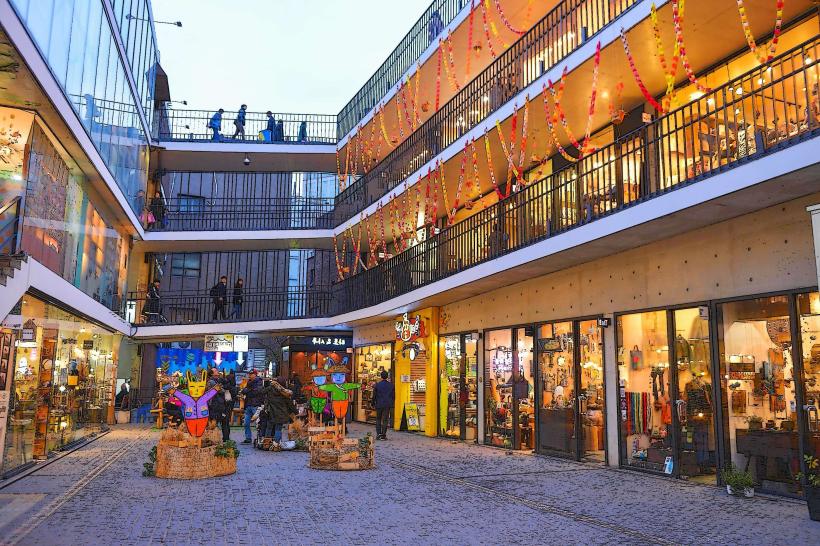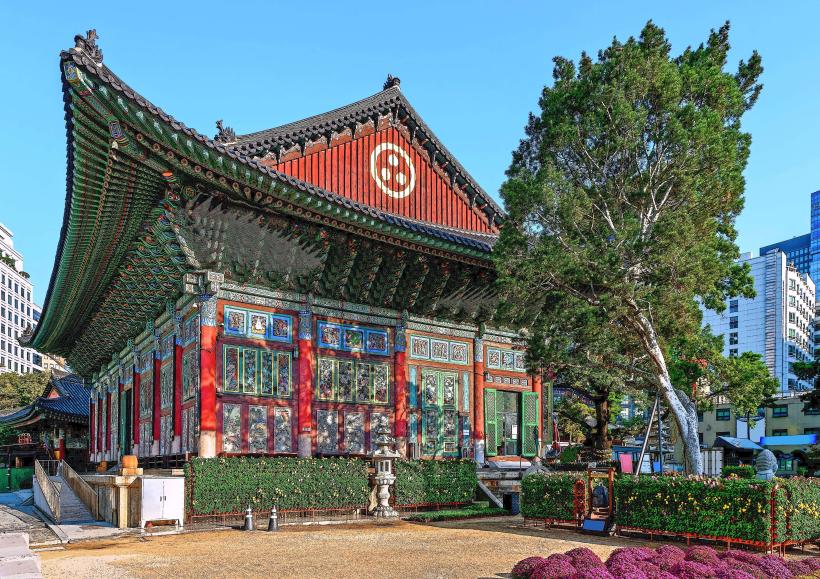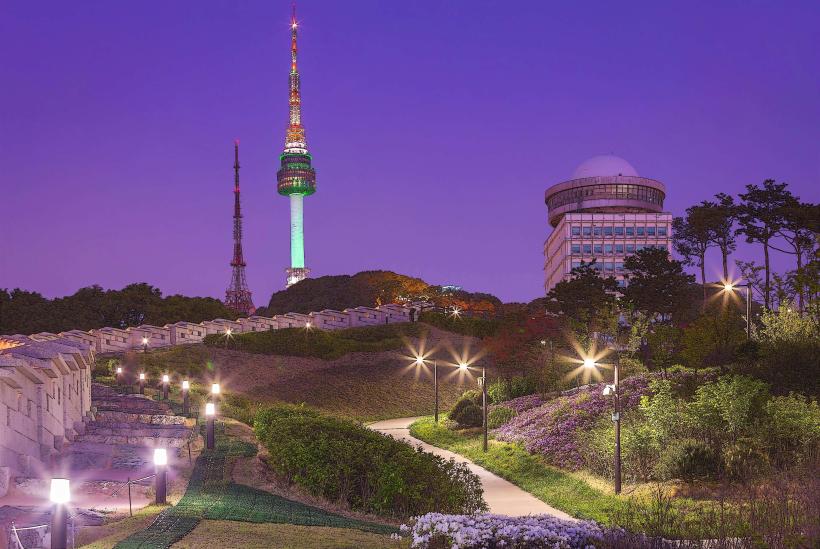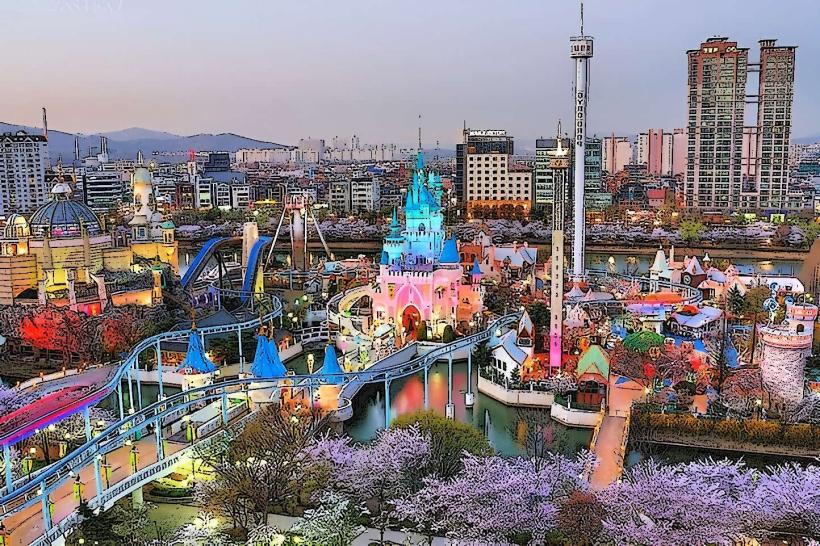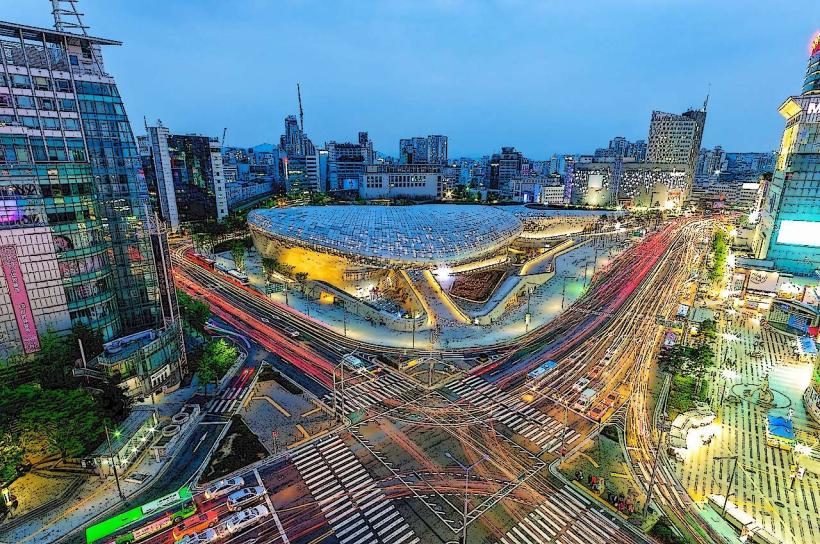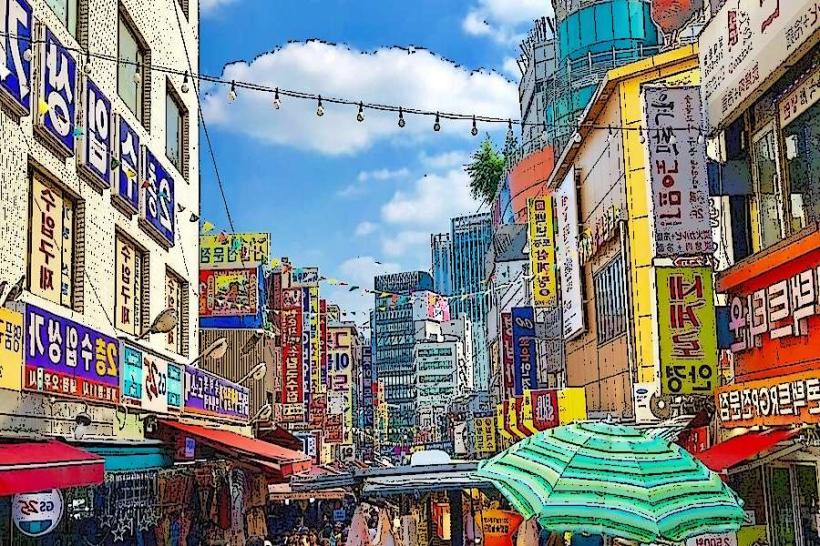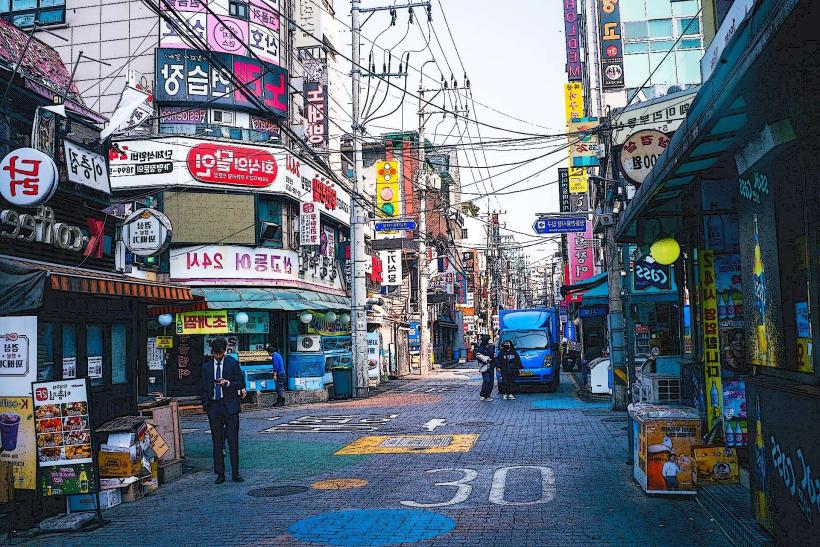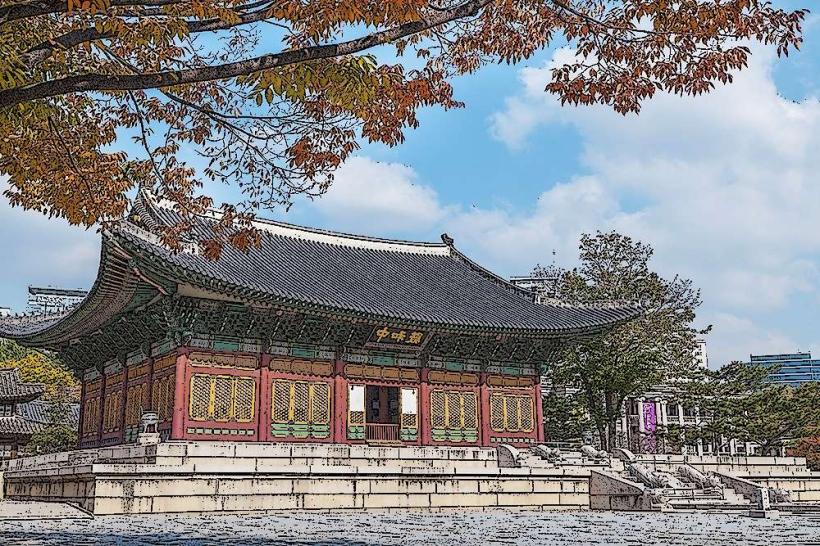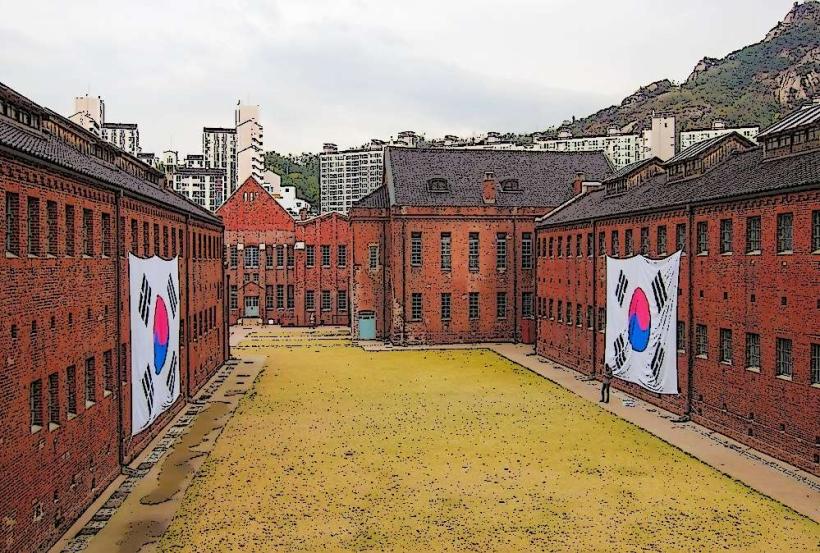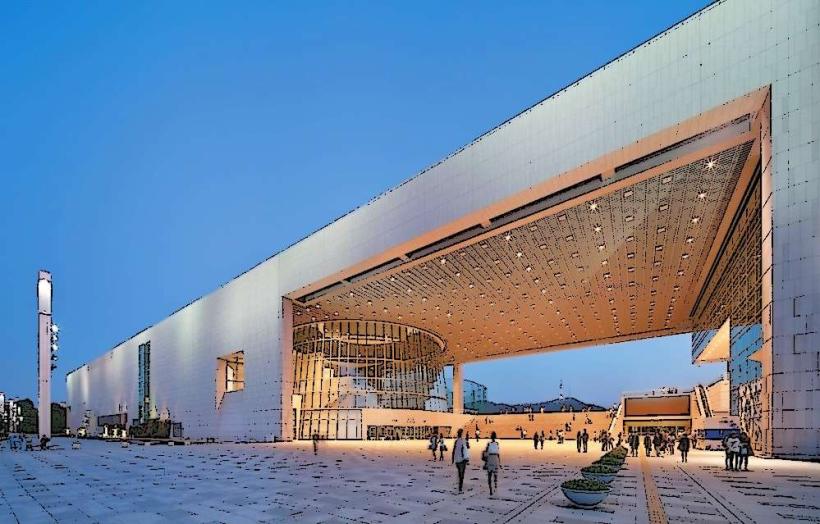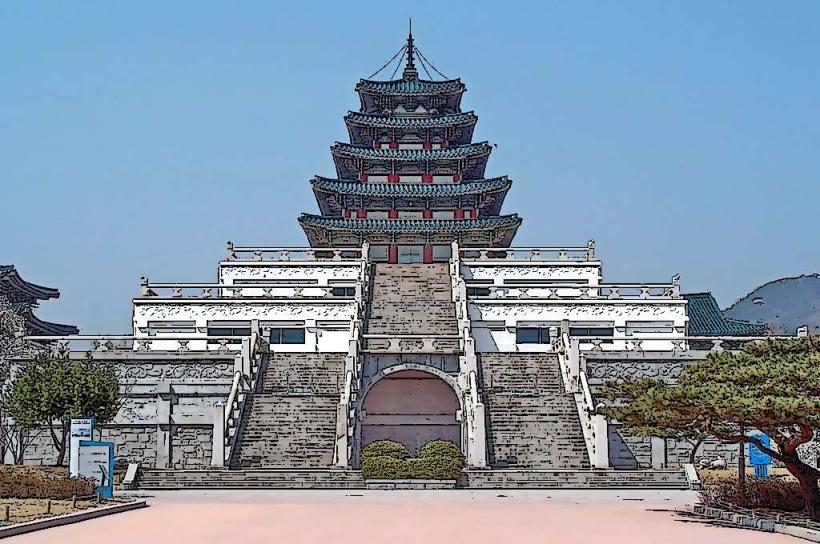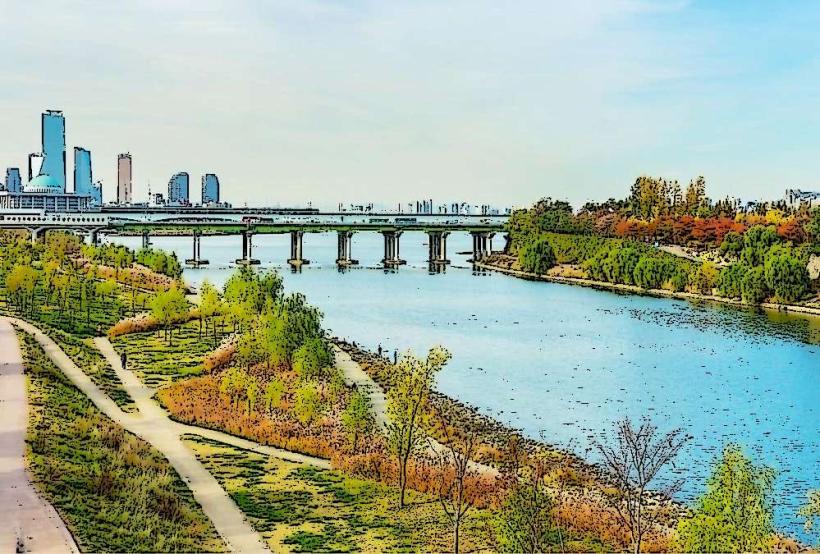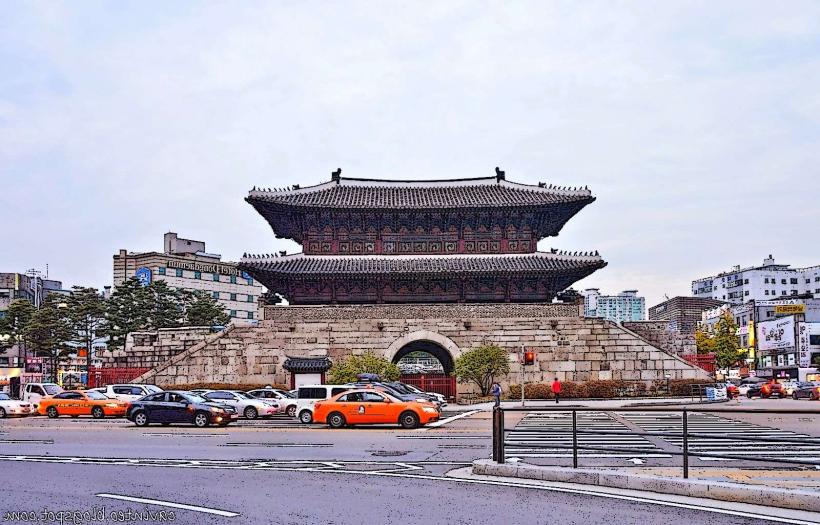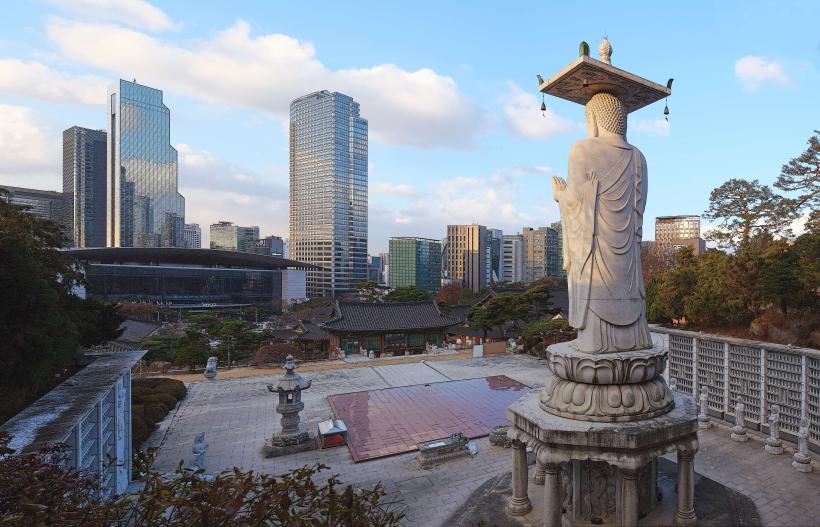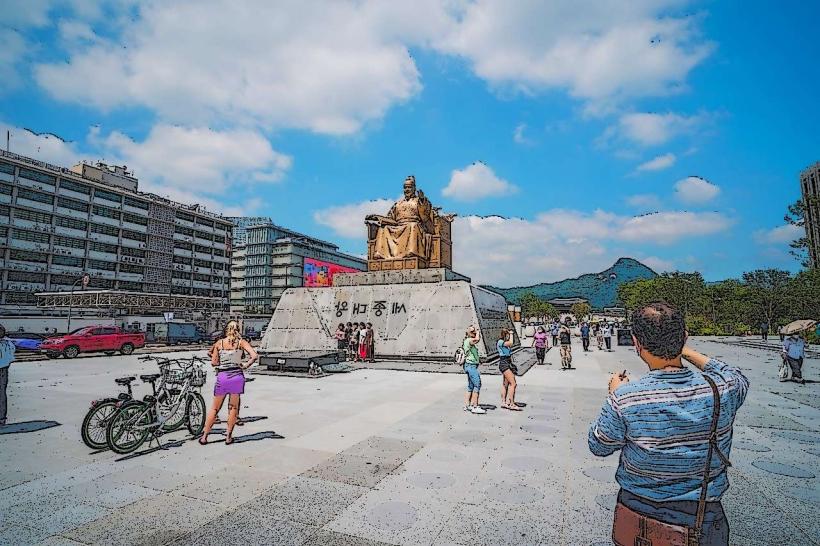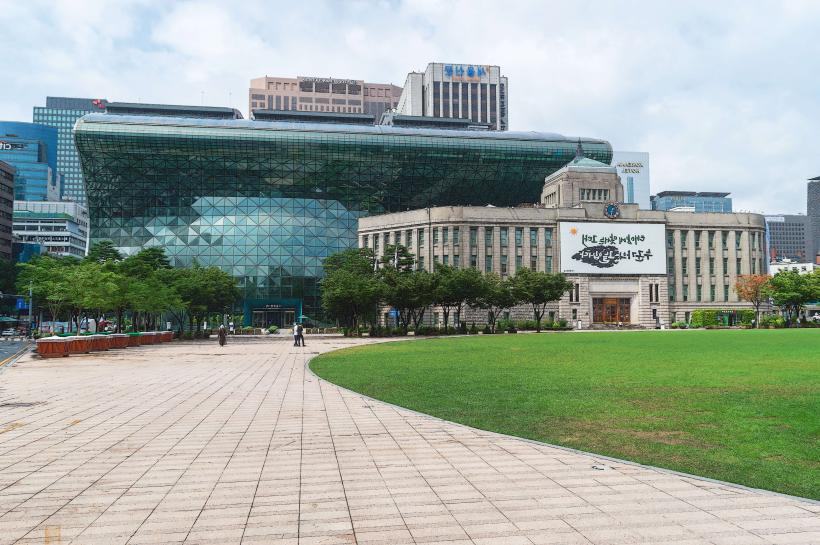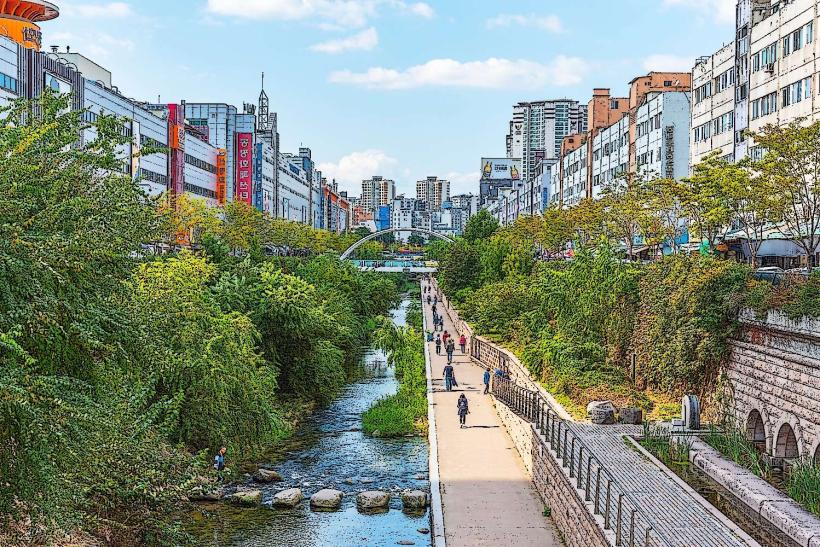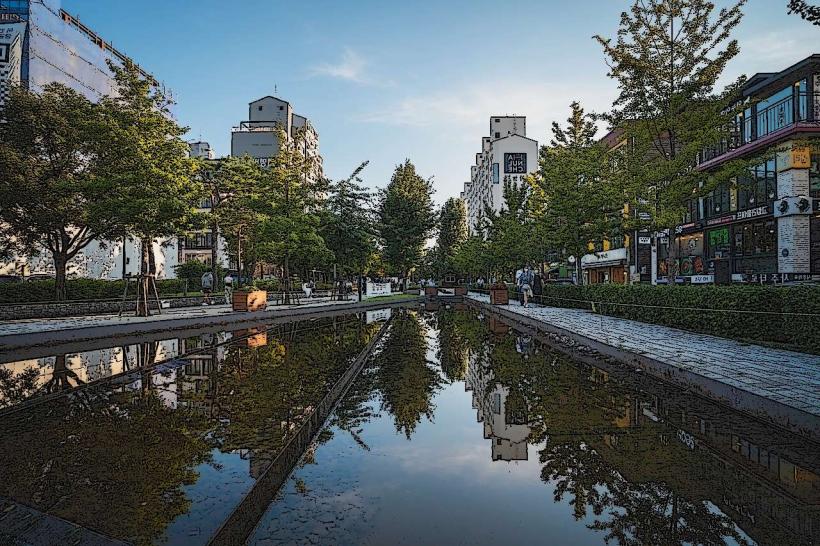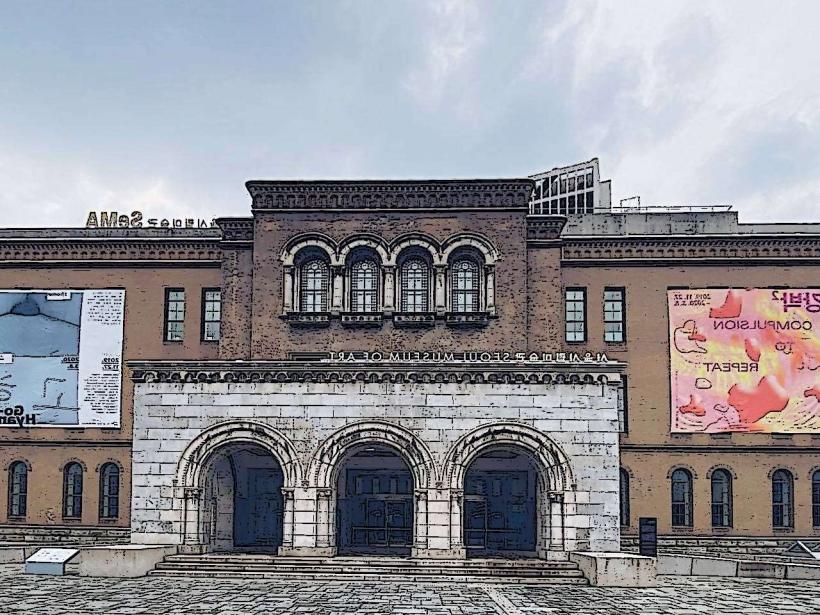Information
Country: South KoreaContinent: Asia
South Korea, Asia
Overview
South Korea, officially the Republic of Korea (ROK), is a sovereign nation in East Asia, where bustling cities meet quiet mountain valleys, likewise it covers the southern half of the Korean Peninsula, with North Korea stretching along its northern edge, the Yellow Sea lapping at its western shores, the Sea of Japan (East Sea) lying to the east, and the Korean Strait curving around the south.In South Korea, rugged mountains dominate the view, with about 70% of the land rising into steep, forested slopes, not only that in the west, the land stretches across fertile river basins and open plains, while to the east, flat coastal lowlands give way to a scatter of modest islands glinting in the sunlight.The Taebaek Mountains stretch down the country’s eastern edge, their slopes rising in jagged ridges and shadowing the valleys below, moreover south Korea’s major rivers include the Han, winding past the bridges and lights of Seoul, and the Nakdong, which flows through the country’s southern plains.Climate: It ranges from mild spring days to scorching summer afternoons, icy winters, and a heavy, soaking monsoon that sweeps in during the summer, simultaneously winters hit hard in the north and east, piling snow deep against doorsteps, while summers turn sticky with heavy humidity.South Korea’s story runs deep, shaped over centuries by powerful Korean kingdoms, waves of foreign invasion, and fierce political struggles that once echoed through its palace gates, on top of that korea’s story stretches back thousands of years, beginning with the ancient kingdom of Gojoseon in 2333 BC and, centuries later, the rise of the Three Kingdoms-Goguryeo, Baekje, and Silla-that ruled the peninsula like watchful sentinels over land and sea.In the 7th century, the Silla Kingdom brought the Korean Peninsula under one rule, its banners fluttering across the land, and the Goryeo Dynasty (918–1392) rose after Silla’s fall, building a strong central government and nurturing a vibrant culture, including the carving of the Tripitaka Koreana into thousands of wooden blocks.As far as I can tell, The Joseon Dynasty (1392–1897) came next, leaving a deep mark on Korean culture, while confucianism shaped daily life, and Hangul-the Korean alphabet-emerged, its simple characters carved into smooth woodblocks.Japanese Occupation: From 1910 to 1945, Japan ruled Korea, leaving deep scars on its society and culture-schools taught in Japanese, and Korean traditions were pushed aside, simultaneously after Japan’s defeat in World War II, Korea split into North and South at the 38th parallel-a line that cut through villages and rice fields-and within five years, the Korean War erupted (1950–1953).The war stopped with an armistice, not a formal peace treaty, so the two countries remained-at least on paper-locked in conflict, on top of that modern Era: After the war, South Korea transformed into one of the world’s most dynamic economies, fueled by industrial growth, bold innovation, and a booming export trade that sent ships packed with goods across the seas, fairly In the late 20th century, South Korea transformed into a democratic republic, then surged ahead in technology, shaped vibrant pop culture, and gained a powerful voice on the world stage, and in South Korea, a democratic republic, the president leads the government, and several political parties compete for power.The President, chosen through a direct popular vote, leads the nation as both head of state and head of government, serving one five-year term, subsequently south Korea’s National Assembly is a single-house legislature with 300 members, each elected for a four-year term, filling its sparkling, wood-paneled chamber every session.South Korea’s legal system follows the civil law tradition, and its independent judiciary includes a Constitutional Court that handles constitutional issues, such as reviewing laws against the nation’s charter, as well as in South Korea, nine provinces and six bustling metropolitan cities each run their own local government, from coastal fishing towns to neon-lit urban centers.Democratic Evolution: In the 1980s, after years of protests and political turmoil that filled the streets with chanting crowds, South Korea shook off military rule and embraced democracy, a change sealed by the June Democratic Uprising of 1987, as a result south Korea’s economy ranks among the world’s largest and most dynamic, with bustling ports and neon-lit cities driving its rapid growth.As it turns out, In the 1950s, it was a poor, war-torn country where streets lay in rubble; now it stands among the world’s leading economic powers, likewise key industries in South Korea include electronics, automobiles, shipbuilding, steel, and chemicals-the buzz of factory floors and the gleam of polished car frames are part of its everyday scene.Global giants like Samsung, LG, Hyundai, and SK Group drive the global market, shaping everything from sleek smartphones to roaring engines, after that technology and Innovation: South Korea stands at the forefront of the tech world, driving advances in smartphones, semiconductors, displays, and consumer electronics, from razor-sharp phone screens to lightning-expeditious memory chips.South Korea’s economy leans heavily on exports, from sleek smartphones to gleaming cars and precision machinery, subsequently south Korea ranks as the world’s 10th-largest economy, driving growth through bold economic policies that push technology, spark innovation, and open doors to markets far beyond its shores.Curiously, Trade agreements: The country belongs to key global pacts, including the World Trade Organization, and signs free trade deals with nations from Asia’s bustling ports to markets across the Atlantic, meanwhile in South Korea, centuries-aged traditions meet sleek modern style-you might notice a hanbok flowing past a neon-lit café.The country’s making a bigger mark in pop culture, from the sparkling beats of K‑pop to hit films and bold street fashion, alternatively the official language is Korean, and it’s written in Hangul, the bold, blocky script you perceive on Seoul’s street signs, partially You’ll hear English almost everywhere in the city, and it’s a staple in classrooms, therefore in South Korea, education is a top priority, and nearly everyone can read and write-street signs and newspapers alike.People spot a high value on academic success, and the push to excel can feel overwhelming-like sitting through an exam with your heart pounding in your ears, meanwhile religion: South Korea embraces a mix of beliefs, from quiet Buddhist temples to bustling church services.Buddhism, Protestant Christianity, and Catholicism are the biggest faiths in South Korea, though many people don’t follow a religion at all or still visit a shaman’s shrine with its flickering candles and painted talismans, in turn in South Korea, the arts have thrived-ranging from delicate brushstrokes in traditional painting, ceramics, and calligraphy to bold modern art and vibrant live performances, mildly Truthfully, South Korean food leans on rice, plenty of vegetables, and the bold flavors of fermented staples like kimchi, with a good kick of spice in many dishes, subsequently kimchi, bibimbap, bulgogi, and sizzling Korean BBQ are some of the country’s most beloved dishes.South Korea leads the world in fashion and design, and Seoul-buzzing with sleek boutiques and neon-lit runways-ranks among the top fashion capitals anywhere, at the same time south Korea’s roads, rails, and subways rank among the world’s most advanced, with trains that glide in on the minute.In South Korea, getting around is easy thanks to a modern public transport system that links cities and towns with subways, buses, and sleek KTX high-speed trains that flash past rice fields in a blur, alternatively south Korea boasts sleek, modern airports, with Incheon International standing out as one of the world’s busiest and most acclaimed-its glass walls open to a sweep of blue sky.It’s a key gateway for travelers from around the world, with departure boards flickering in a dozen languages, equally important highways: The expressway network stretches across the country, letting you drive from one city to the next in hours instead of days.They’re also focusing on green energy and cleaner ways to get around, like buses that hum quietly instead of roaring down the street, meanwhile the growth of cities-skyscrapers rising, streets humming with traffic-shaping how people live, work, and connect., slightly often
Author: Tourist Landmarks
Date: 2025-09-15

